National Parks
The list of Tanzania’s top nature reserves Prime Kili can take you to:
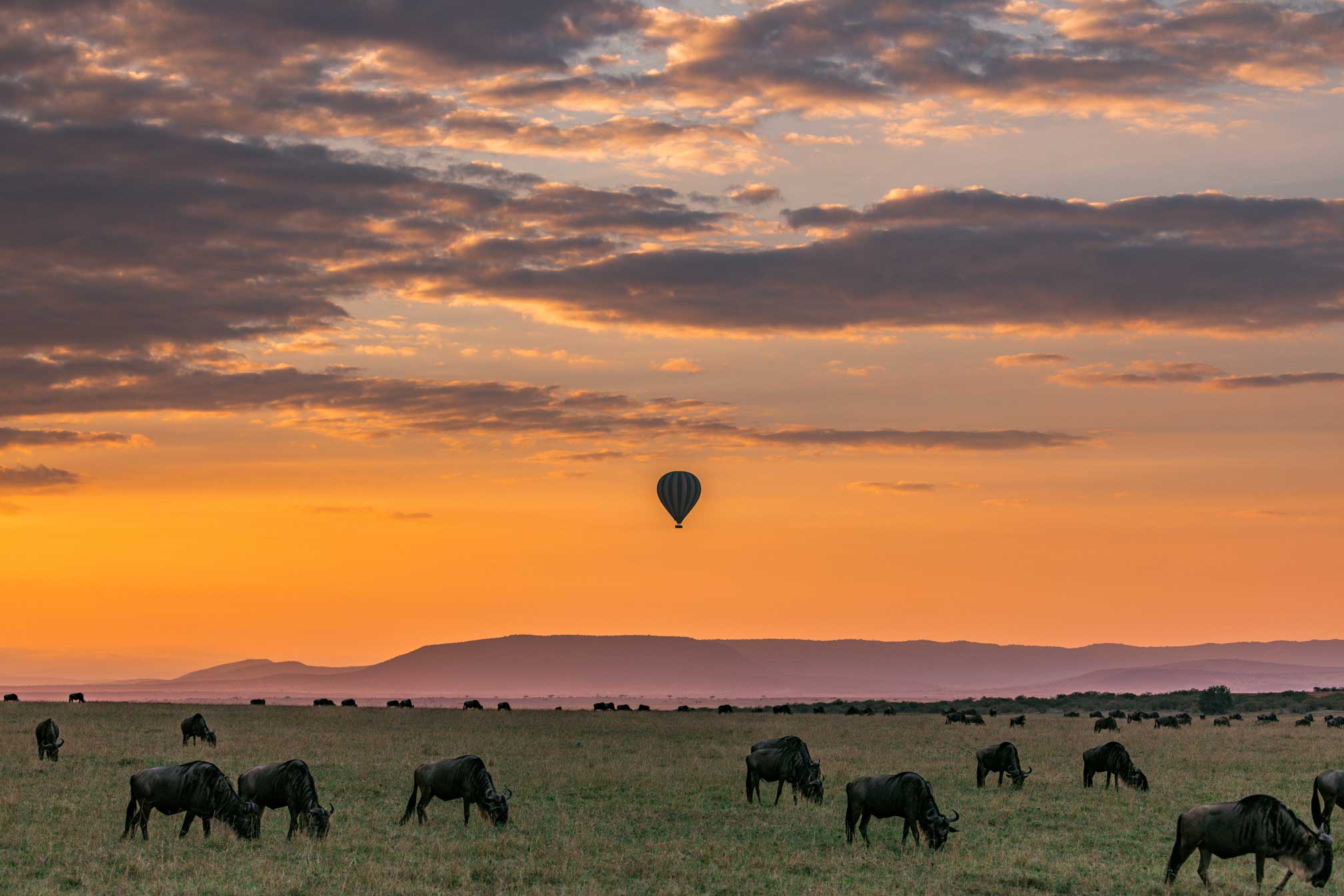
Serengeti National Park
World Heritage Site and Tanzania’s most famed and remarkable national park. The endless plains of Serengeti are a stage to watch the dramatic circle of life unfold in front of your own eyes. Check our Safari Travel Guide at the bottom of this page to learn more about the Great Migration in Serengeti.

Ngorongoro Crater
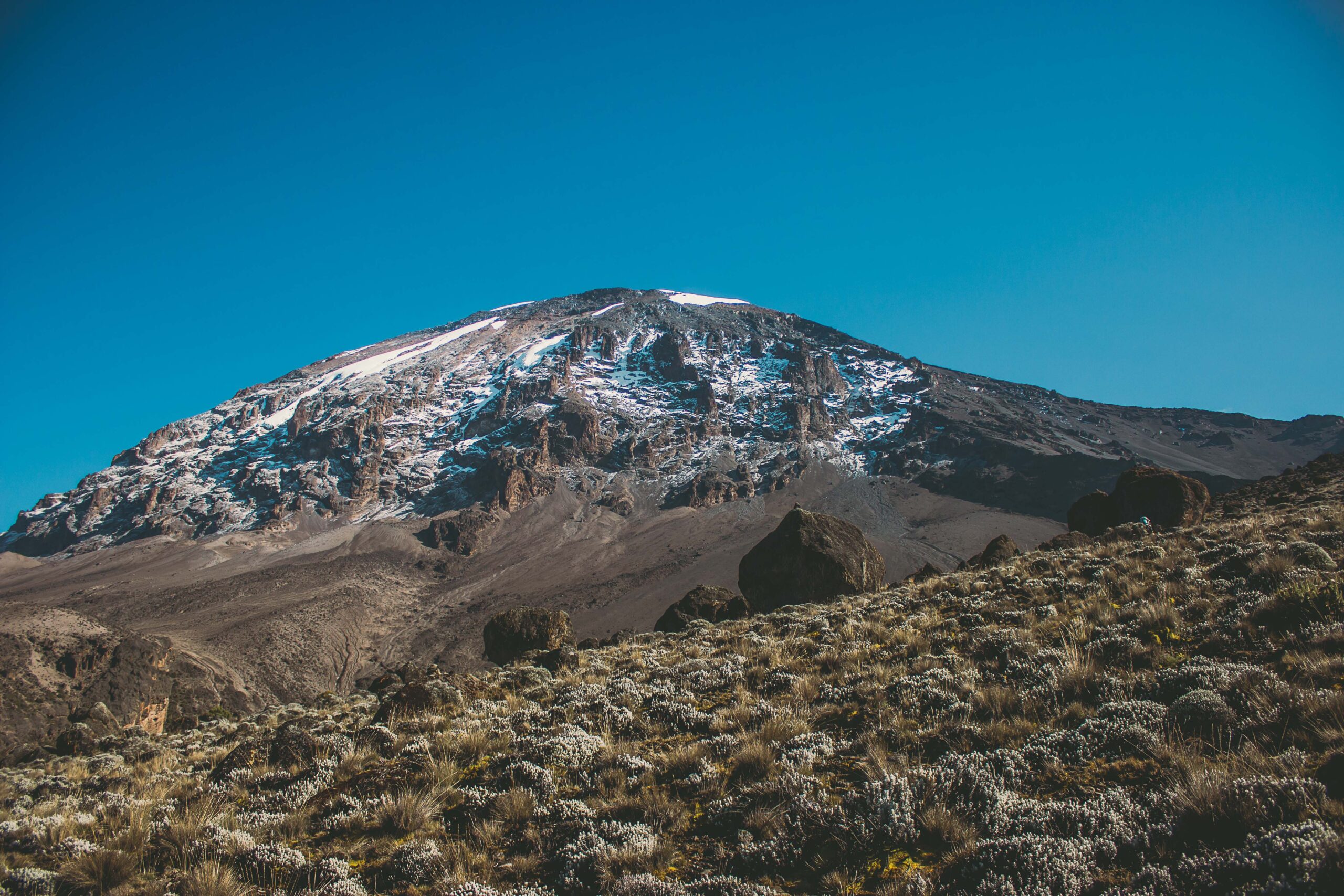
Kilimanjaro National Park
Standing at 5,895 metres tall, Mount Kilimanjaro is one of the world’s most accessible summits. That isn’t to say that reaching Uhuru Point isn’t a massive achievement, but its lower reaches can be explored without any formal climbing training or professional equipment.

Arusha National Park
Arusha National Park is a perfect trip for day safaris, as it is close to both Arusha and Moshi. With terrain that ranges from open savannah to tropical rainforest, the park is dominated by the shadow of Mt. Meru – whose summit offers an unparalleled view of Mt. Kilimanjaro.

Tarangire National Park

Lake Manyara
This compact yet rich safari destination provides an opportunity for travelers to witness the incredible diversity of wildlife, from the iconic tree-climbing lions to a multitude of bird species, creating a captivating and immersive safari adventure.

Mahale Mountains
This remote park offers some of the greatest visitor attractions, from walking safaris, chimpanzee viewing in their natural habitat, a climb to Mount Nkungwe and snorkeling in Lake Tanganyika. Accessible is only by boat or by air, so it makes it the least accessible and least visited.
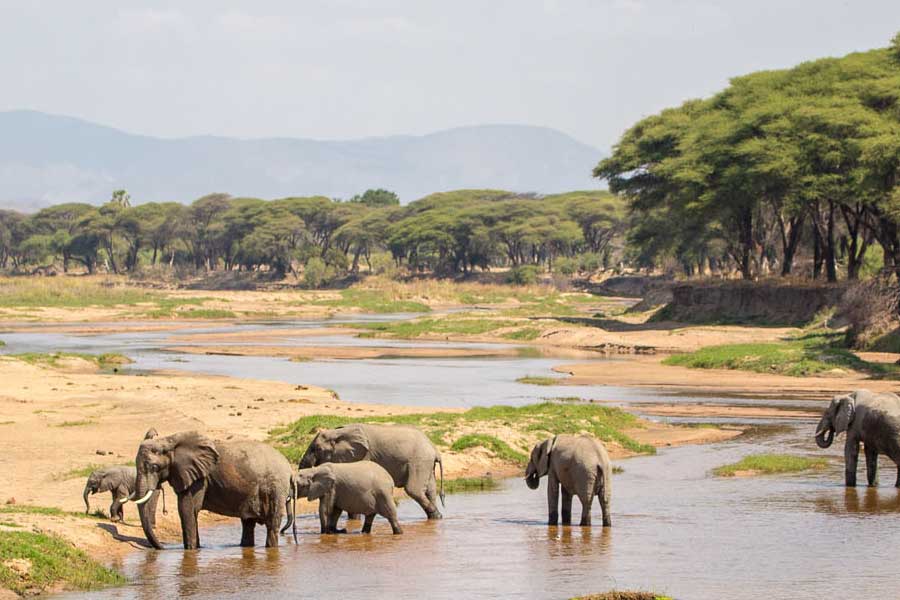
Ruaha National Park
The park in the centre of Tanzania takes its name from the Hehe word for ‘river.’ The eponymous Great Ruaha River serves as a lifeline for the park’s wildlife. Although it’s one of the largest national parks in the country and rich in wildlife, Ruaha is one of the least busy places to visit in Tanzania, so safaris here feel remote and exclusive.
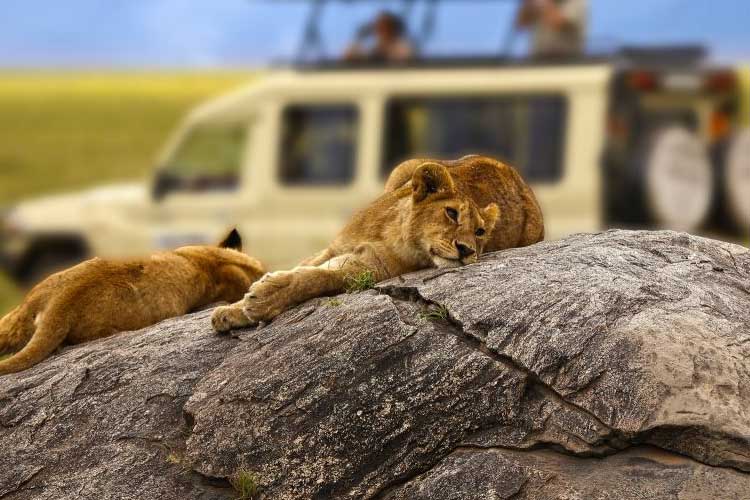
Selous Game Reserve
Selous Game Reserve in southern Tanzania,known for its diverse ecosystems and abundant wildlife, including elephants and African wild dogs. Facing conservation challenges, the reserve offers a remote and authentic safari experience with activities like boat safaris along the Rufiji River.
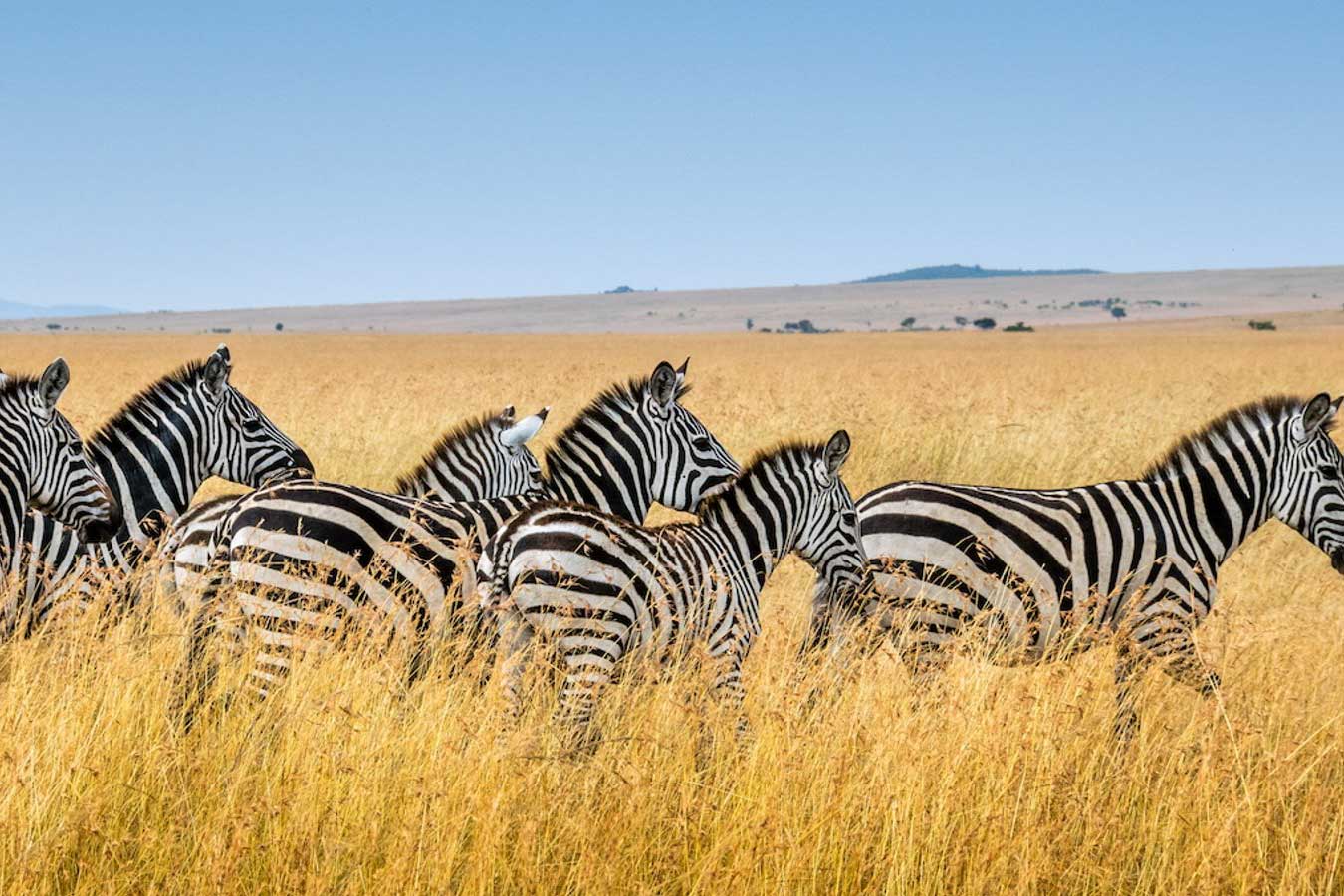
Mikumi National Park
for wildlife viewing in Mikumi National Park, offering visitors a chance to witness the annual migration of zebras, wildebeests, and other herbivores. The park is renowned for its diverse ecosystems, encompassing acacia woodlands, open grasslands, and dense miombo woodlands, providing a rich habitat for a variety of wildlife.

Rubondo Island
Officially Tanzania’s smallest national park, tiny Rubondo Island on the heart of Africa’s largest lake packs a lot into its 240 square kilometres. Known as the Jewel of Victoria, Rubondo Island National Park boasts a unique diversity of flora and fauna including the endemic Sitatunga.

Udzungwa Mountains
A paradise for bird watchers, flower lovers and the primate seeking visitors. Udzungwe has many other mammals and maybe safari is not the typical safari game you’d expect of Tanzanian National Parks. It is an esoteric safari destination for true nature lovers.

Katavi National Park
The Katavi National Park offers the few visitors who make it there a taste of true wilderness with large wildlife herds such as buffaloes, elephants and hippos. Some of the attractions of Katavi National Park are Lake Katavi, the Katuma River and the Lake Chada floodplains.
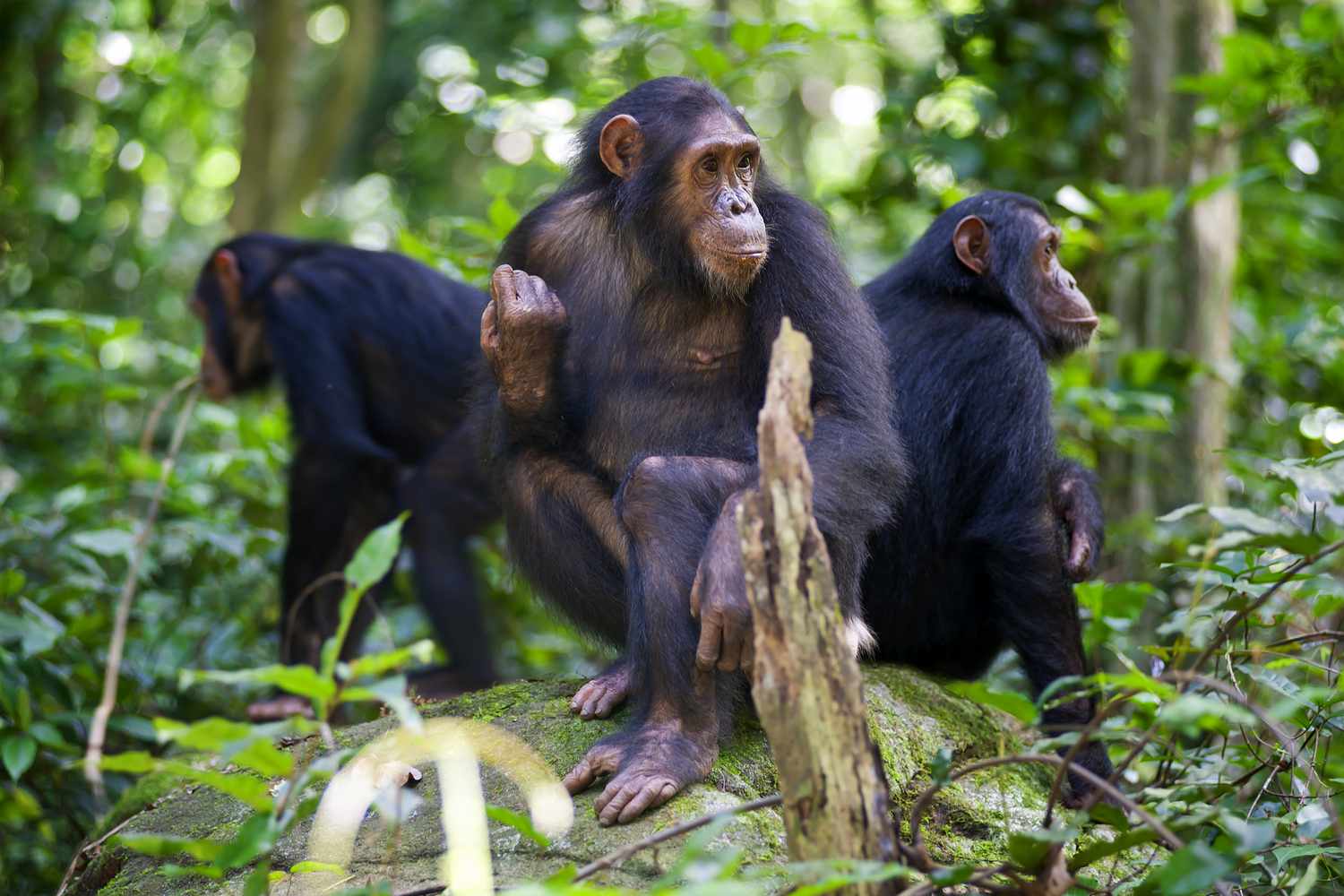
Gombe Stream
It’s a great place to see chimps up close and personal as many of the family groups are habituated to humans. With the possible exception of Mahale Mountains National Park , no other park in Africa can offer such a magnificent experience with chimpanzees.

Mkomazi National Park
Offering fantastic views of Kilimanjaro and a large population of African game, Mkomazi is an often overlooked Tanzanian gem with a number of species easier to see here than anywhere else in Tanzania.

